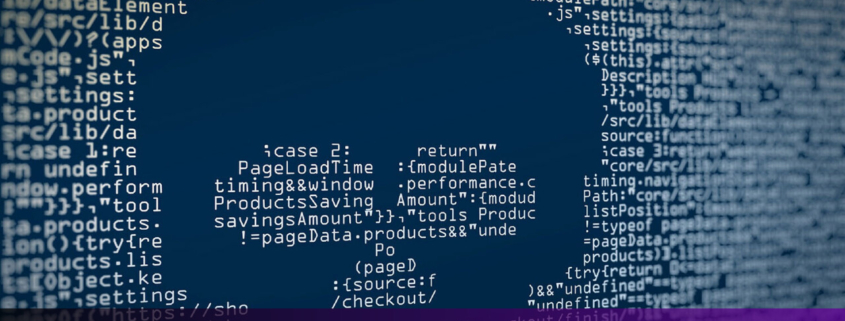The latest addition to TP-Link’s family of smart home devices, the $44.99 Kasa Spot 24/7 Recording (KC400) camera offers a nice assortment of features including motion and sound detection, person detection, and voice control, all for less than $50. It’s also the most affordable indoor security camera we’ve reviewed that offers 2K footage. It delivered excellent day and night video quality in our tests and is easy to install, making it a good choice if you already own other Kasa devices. If you don’t, you can get more interoperability options as well as pan and tilt functionality with our Editors’ Choice winner, the $51.99 Eufy Indoor Cam 2K Pan & Tilt.
A High-Def Camera in an Unassuming Design
The KC400’s enclosure sports a white finish and has a black camera face. It measures 2.2 by 2.2 by 1.0 inches (HWD) and sits atop a base and mounting arm that provides tilt and swivel adjustments and brings the total height to 3.5 inches. The base can be used as a desktop stand, or it can be attached to a wall using the included mounting hardware. There’s a mini USB power port on the back, along with a speaker, a reset button, and a microSD card slot on the right side. You can store recorded video locally using the card slot, but you’ll have to supply your own media. TP-Link includes a 10-foot USB charging cable, an AC adapter, a quick start guide, and the above-mentioned mounting hardware.
The camera captures 2K (2,560-by-1,440-pixel) video at 15fps, has a 106-degree field of view, and uses five infrared LEDs for black-and-white night vision with a range of up to 30 feet. It has an embedded microphone for two-way audio and a 2.4GHz Wi-Fi radio for connecting to your home network and to the Kasa mobile app. A tiny LED indicator flashes red when the camera is trying to connect to Wi-Fi, flashes green when it’s connected to Wi-Fi, glows solid green when the camera is connected to the cloud, and flashes green and amber during setup.

The KC400 will send push alerts when motion or sound is detected, record the event, and tell you if the motion is caused by a person. As mentioned, you can store the recordings locally on a microSD card, or you can subscribe to a Kasa Care plan and store them in…




